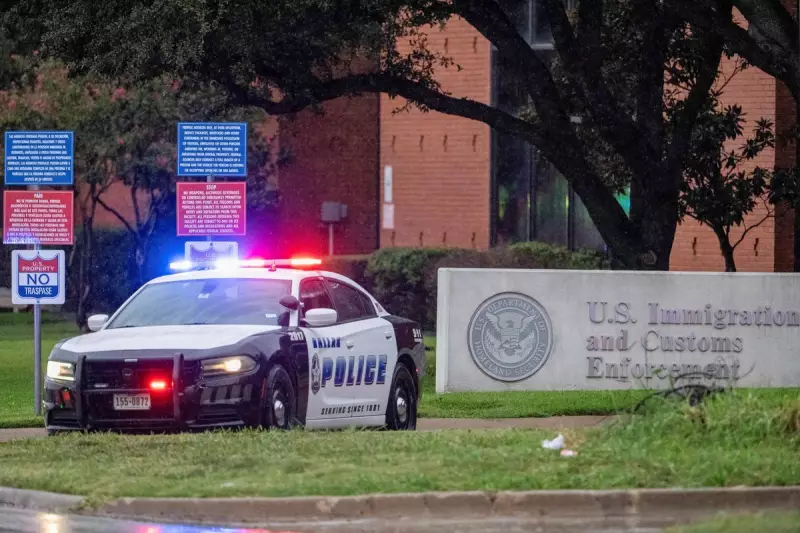
In a startling case that blurs the lines between law enforcement and criminal activity, a US Immigration and Customs Enforcement (ICE) agent from Texas faces serious federal charges for allegedly operating a violent bounty scheme targeting TikTok users.
The Shocking Allegations
Federal prosecutors claim that John Bozeman, a 39-year-old ICE enforcement and removal operations agent, used his position and access to government databases to solicit physical assaults against individuals he targeted on the popular social media platform.
According to court documents, Bozeman allegedly offered payments ranging from $50 to $100 for attacks on specific TikTok users, creating what authorities describe as a "disturbing bounty system" that exploited both his law enforcement credentials and social media access.
How the Scheme Operated
The investigation reveals that Bozeman allegedly:
- Identified targets through TikTok interactions and content
- Used his government access to obtain personal information about victims
- Recruited attackers through private communications
- Offered cash payments for documented physical assaults
Law Enforcement Response
"This case represents a profound betrayal of public trust," stated US Attorney Alamdar Hamdani. "When those sworn to protect engage in criminal conduct themselves, it undermines the very foundation of our justice system."
ICE has placed Bozeman on administrative leave pending the outcome of the case, emphasizing that the agency holds its personnel to the "highest professional standards."
Broader Implications
This case raises significant questions about:
- The monitoring of law enforcement officers' social media activities
- Potential abuse of government database access
- Social media platform safety and user protection
- Accountability mechanisms within federal agencies
If convicted, Bozeman faces substantial prison time and the permanent loss of his law enforcement career. The case continues to develop as investigators examine the full extent of the alleged scheme and identify potential victims.





